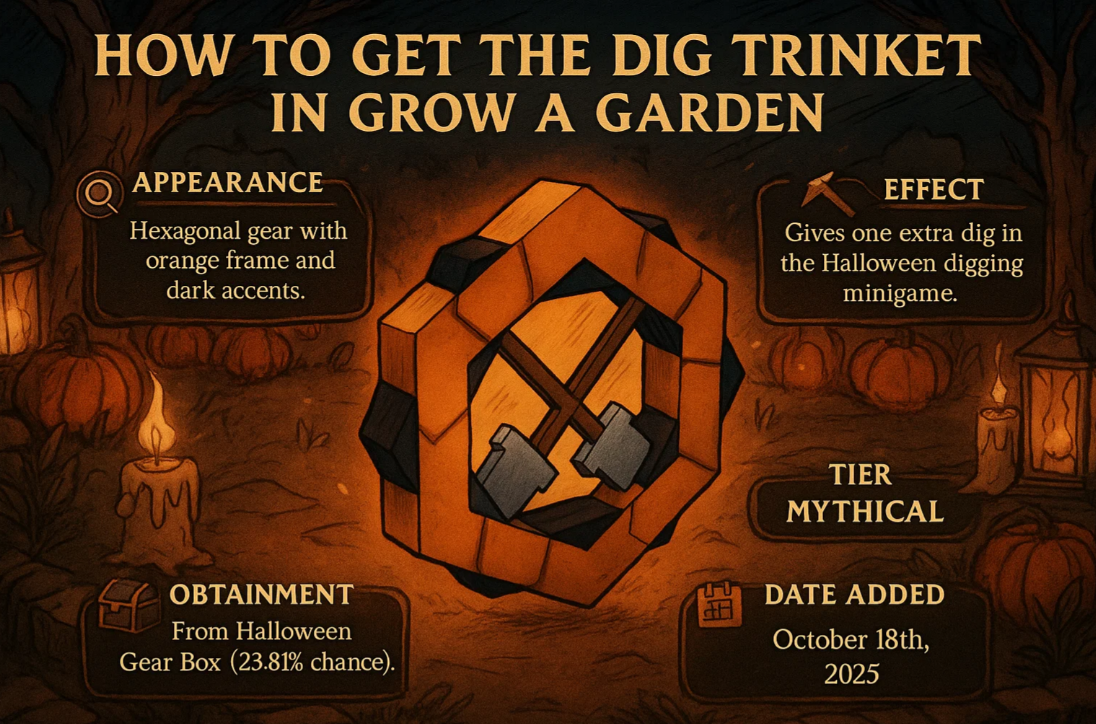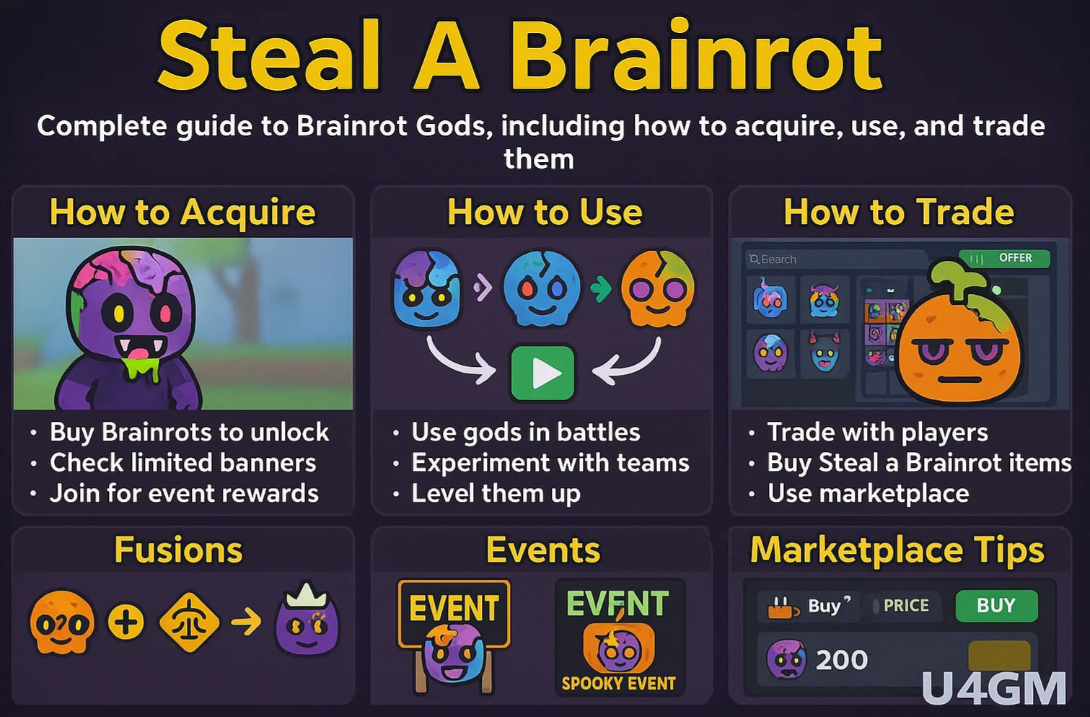Elden Ring Rune Theory: Currency vs. Soul – 4 Key Differences Explained

Elden Ring is a game built on a rich and expansive world, featuring a complex economy and a unique progression system. One of the most interesting elements of this system is the use of Runes. Elden Ring Runes are the primary currency of the game, playing a central role in leveling up, upgrading equipment, and trading. However, they are also deeply connected to the concept of Souls, a similar form of currency in previous FromSoftware games like Dark Souls. In this article, we will explore the key differences between Runes and Souls, helping players understand how to best manage their resources and enhance their gameplay experience.
1. Runes vs. Souls: The Core Function
The first key difference between Elden Ring Runes and the Souls from past FromSoftware games is their functional role. Souls were traditionally used to level up, upgrade weapons, and purchase items, creating a clear, linear path toward progression. Elden Ring Runes, while similar, are more versatile. Runes can still be used to level up, upgrade equipment, and buy items, but they also play a significant role in fast-travel mechanics and certain side quests. In many ways, Runes have been designed to offer players more flexibility and options in how they approach the game’s challenges.
2. Risk of Losing Runes vs. Losing Souls
Another significant difference lies in the risk of losing these valuable resources. In previous games, losing Souls after dying meant that the player could retrieve them by returning to the spot of their death. If they died again before retrieving them, the Souls would be lost forever. In Elden Ring, the concept is similar, but the game introduces a new level of tension by allowing players to lose Runes in the same way. This creates a sense of urgency, as players must balance the risk of losing a large number of Runes with the reward of using them for leveling or upgrading equipment. The mechanics of dying and retrieving Runes have added a deeper layer of strategy to the game.
3. Can You Buy Runes in Elden Ring?
A common question many players have is: “Can you buy Runes in Elden Ring?” The answer is not as simple as a yes or no. While you cannot directly purchase Runes in the traditional sense, there are ways to acquire them faster through in-game methods. You can find Runes through exploration, defeating enemies, and completing quests. Additionally, certain merchants and NPCs may offer items or services that can help you acquire Runes more efficiently. This keeps the gameplay grounded in the principle of earning your progress while still providing some flexibility for those seeking to accelerate their journey.
4. Runes as a Component of Elden Ring’s Open World Design
Lastly, Runes are deeply integrated into Elden Ring’s open-world design. Unlike Souls, which were confined to more linear paths in previous games, Runes are spread across the vast and interconnected world of the Lands Between. Players can encounter Runes through exploration, defeating bosses, and interacting with the environment in creative ways. This open-world structure allows players to approach the game’s challenges at their own pace, gathering Runes as they see fit and enhancing their overall gameplay experience. The flexibility of Rune acquisition further reinforces the sense of freedom that Elden Ring is known for.
While Elden Ring Runes share many similarities with the Souls mechanic from previous games, they are distinct in several key ways. From their versatile function in the game’s economy to the risk of losing them and the ability to acquire them through various methods, Runes introduce new dynamics to the gameplay. Understanding these differences can help players make the most of their time in the Lands Between, ultimately providing a more rewarding and strategic experience. Whether you’re leveling up your character or exploring the open world, mastering the use of Runes is crucial to your success in Elden Ring.









